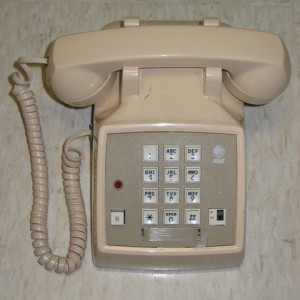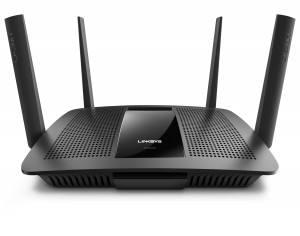Raising the bar for triple-play Internet in France
Articles – French language / Langue Française 
SFR lancera une nouvelle box en septembre… pour contrer Free ? | O1net.com
SFR : une nouvelle box fibre pour septembre ? | ZDNet.fr
SFR annonce une nouvelle box ! | Ere Numérique
From the horse’s mouth
SFR
Product Page (French language / Langue Française)
My Comments
It looks like there will be a tight showdown between two of the French telcos when it comes to the multiple-play “n-box” services.
Free.fr did a bit of initial murmuring this month (July) about the Freebox v7 that will be surfacing on the French market in September. This is a powerful unit that can handle 4K UHDTV and is intended to replace the Freebox Révolution which was known to set the standard for carrier-supplied routers and set-top boxes.
Now SFR have made mention about a triple-play “n-box” service with hardware that is said to be on a par with, if not better than, Free’s setup. Here, this will be about improved Wi-Fi technology of the 802.11ac order, a new design and, like the Freebox, support for 4K UHDTV. This is in conjunction with more sports content and VoD content being made available to their subscriber base on 4K UHDTV.
It will be released in September, concurrently to when Free will put their new Freebox on the market. SFR want to also allow their existing subscriber base to upgrade to this new service for EUR€49 with a 12 month contract.
In the UK, British Telecom had raised the bar for Wi-Fi performance offered by a carrier-supplied wireless modem router. Could this also mean that the French telcos could join in and offer highly-powerful carrier-supplied wireless modem routers for their services as a way to compete against each other.
What is now happening is that the calibre offered for carrier-supplied home-network equipment could be another way where telcos and ISPs in a highly-competitive market could compete against each other. This is in addition to what you could get for your landline or mobile telephony service, your pay-TV service’s channel lineup or your Internet bandwidth and included services for the monthly charge that you stump up.







![US Flag By Dbenbenn, Zscout370, Jacobolus, Indolences, Technion. [Public domain], via Wikimedia Commons](https://homenetworking01.info/wp-content/uploads/2014/08/Flag_of_the_United_States.svg_-300x157.png)
